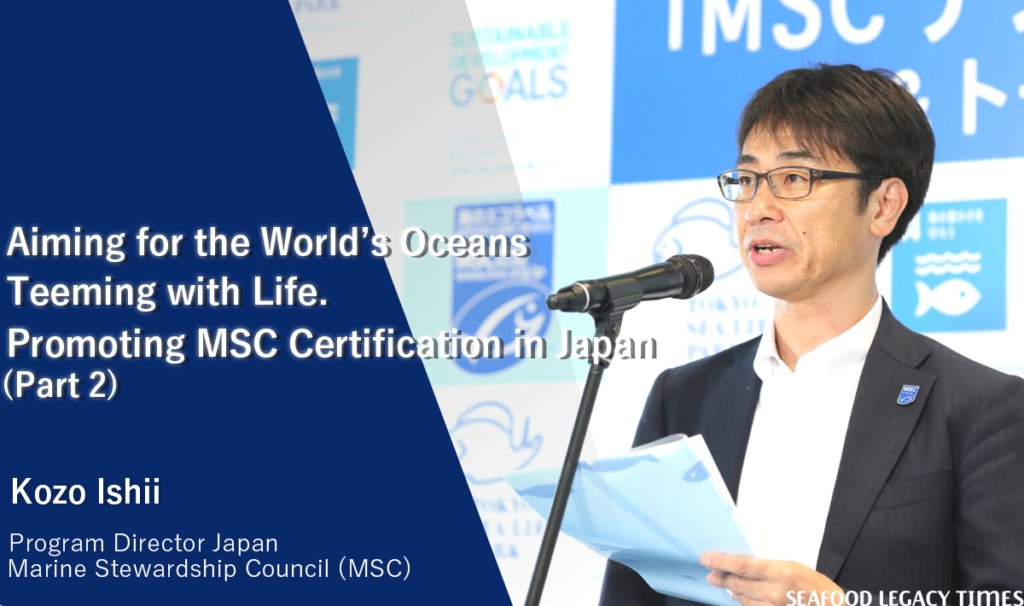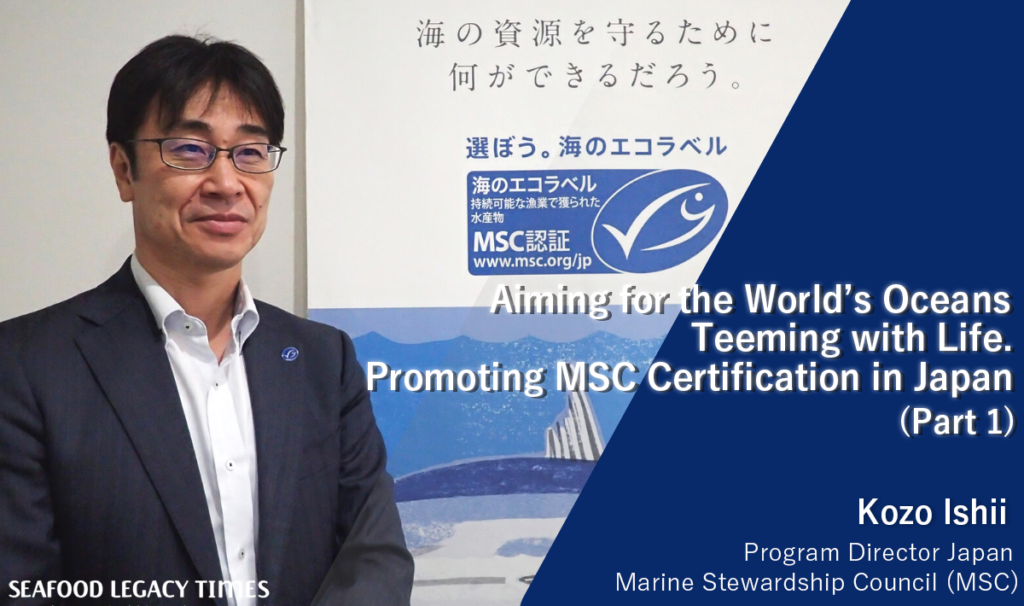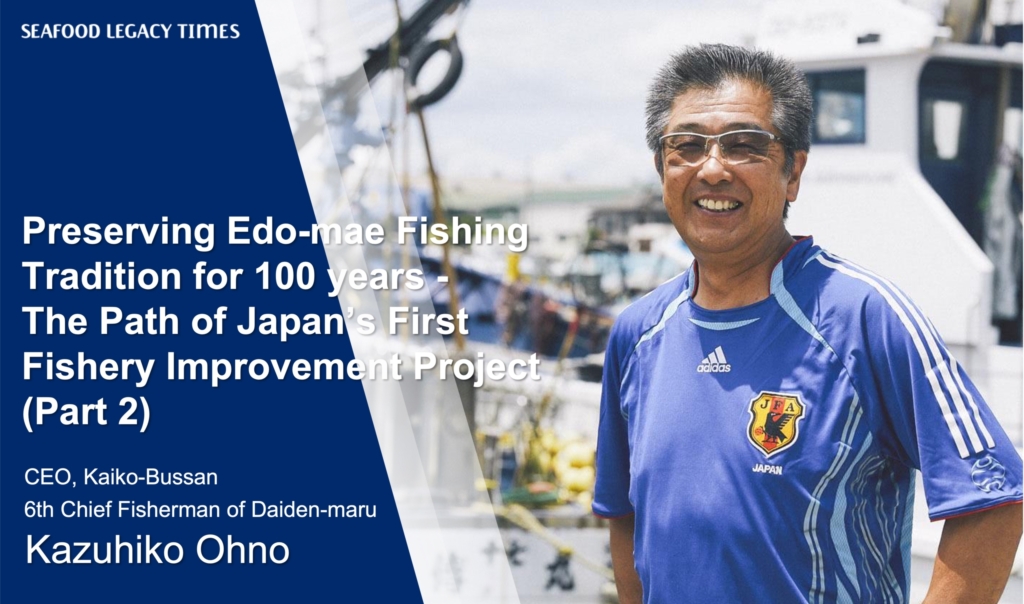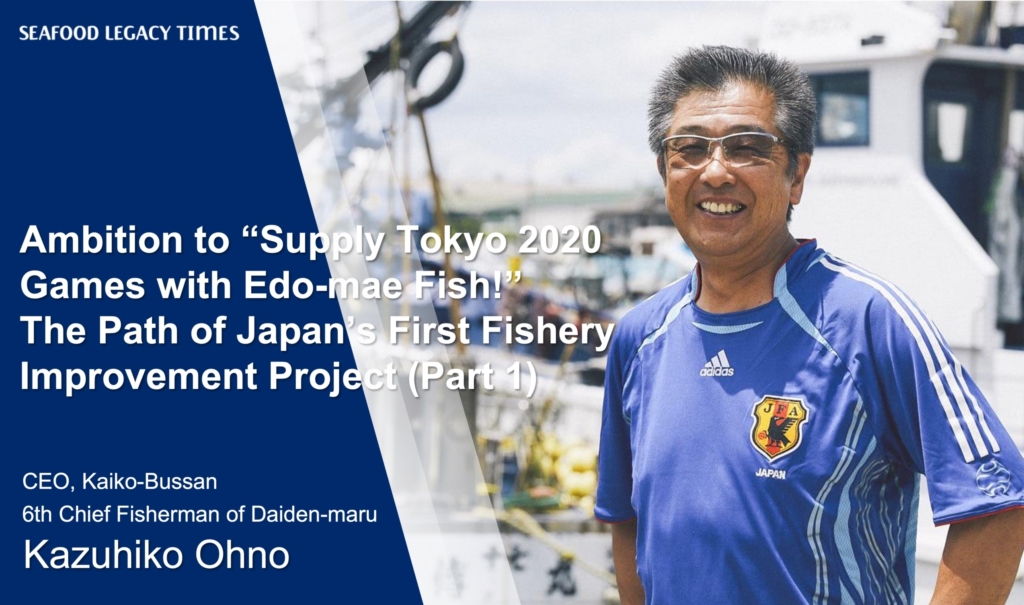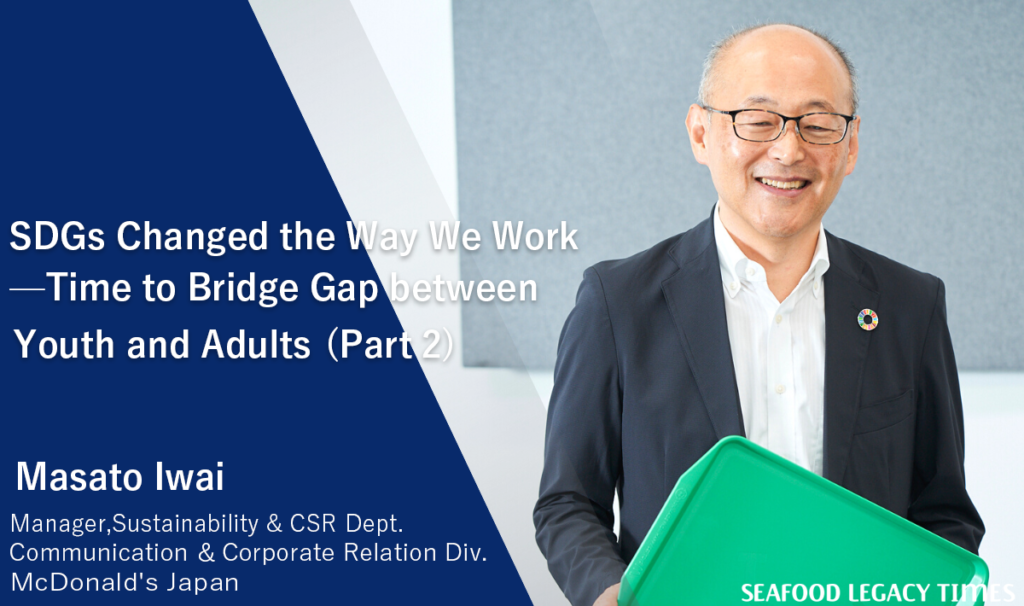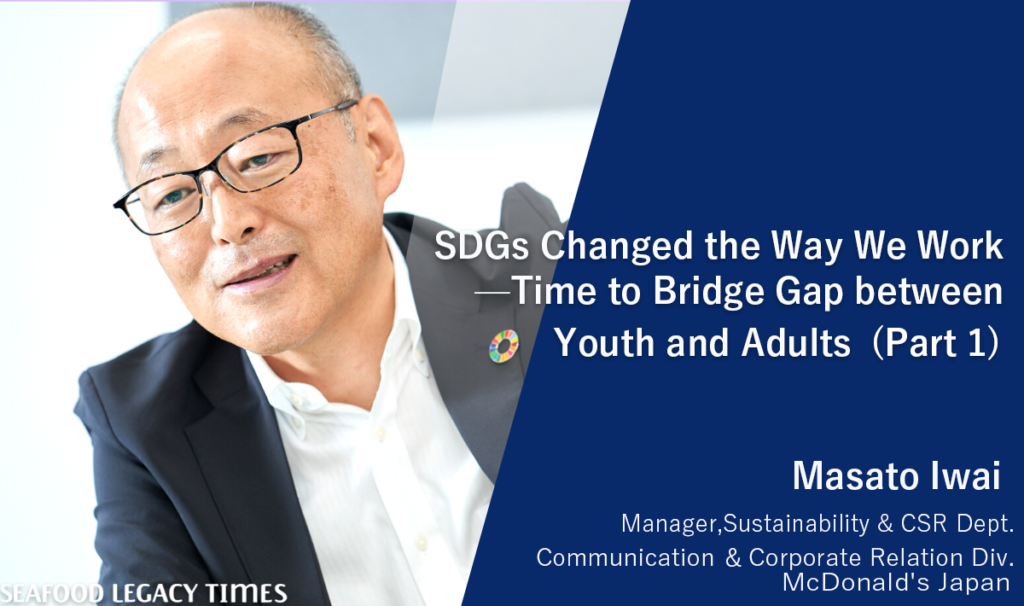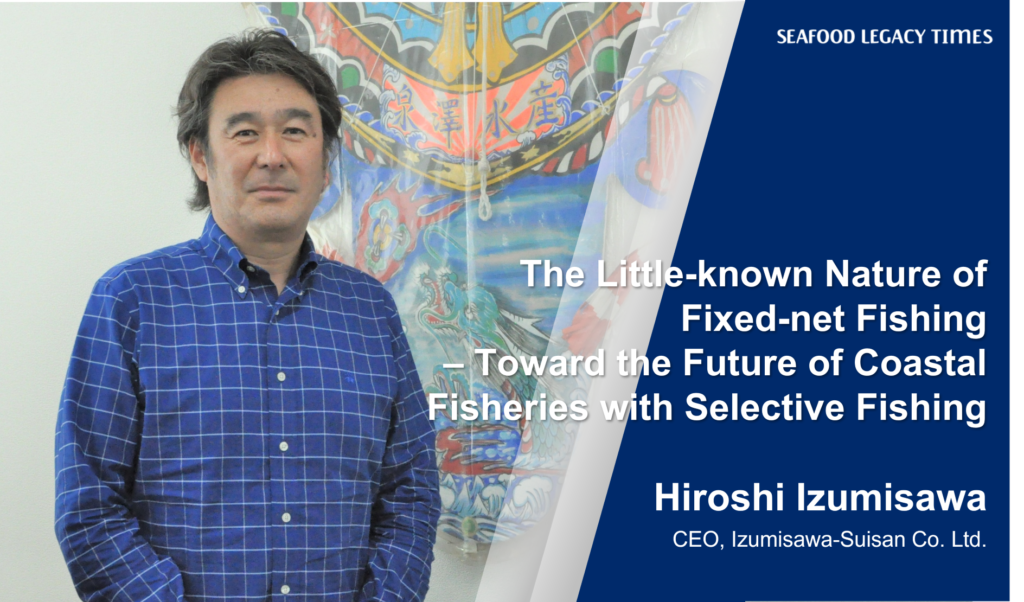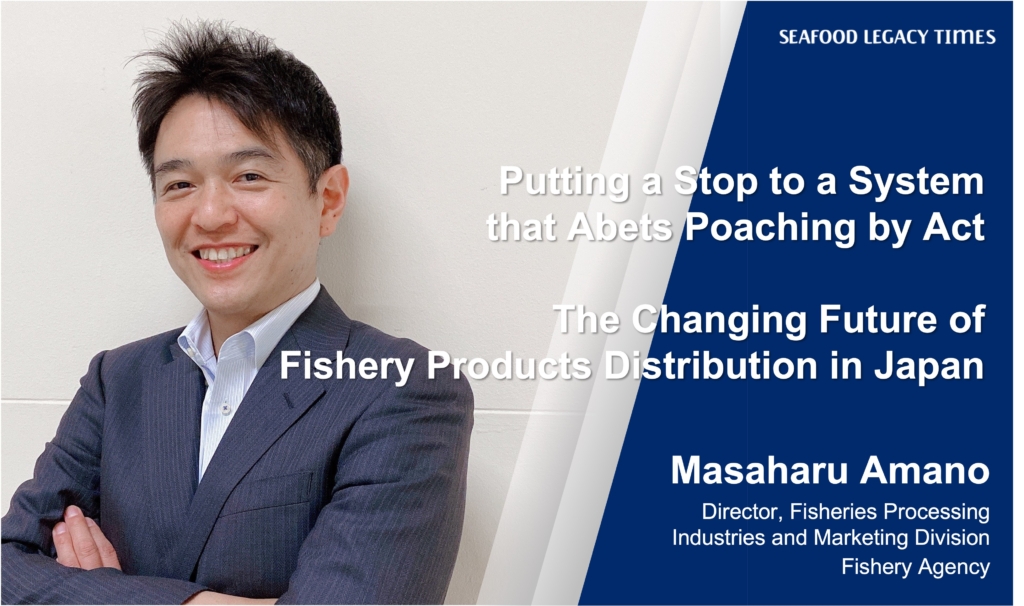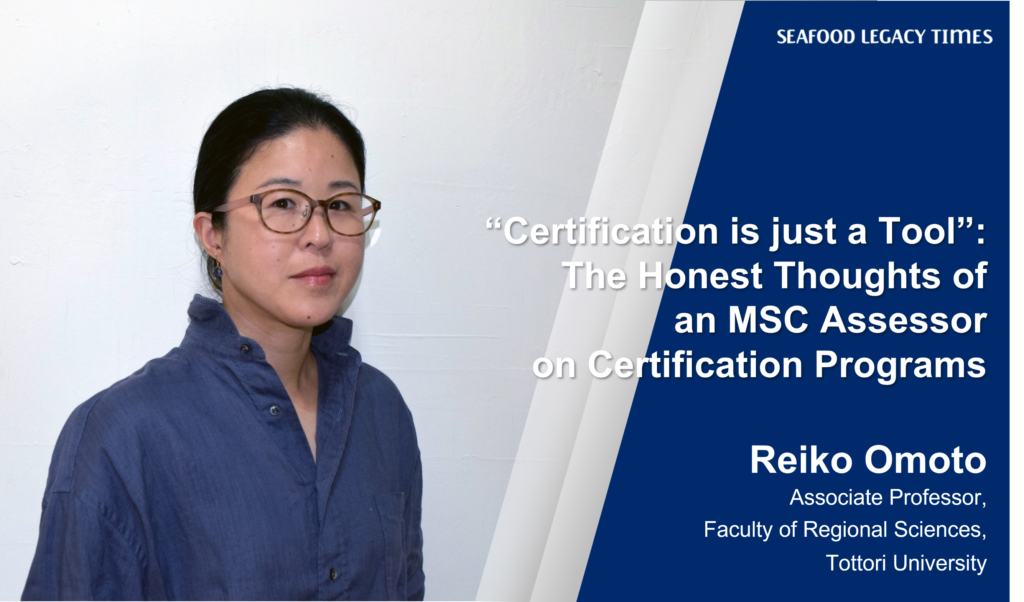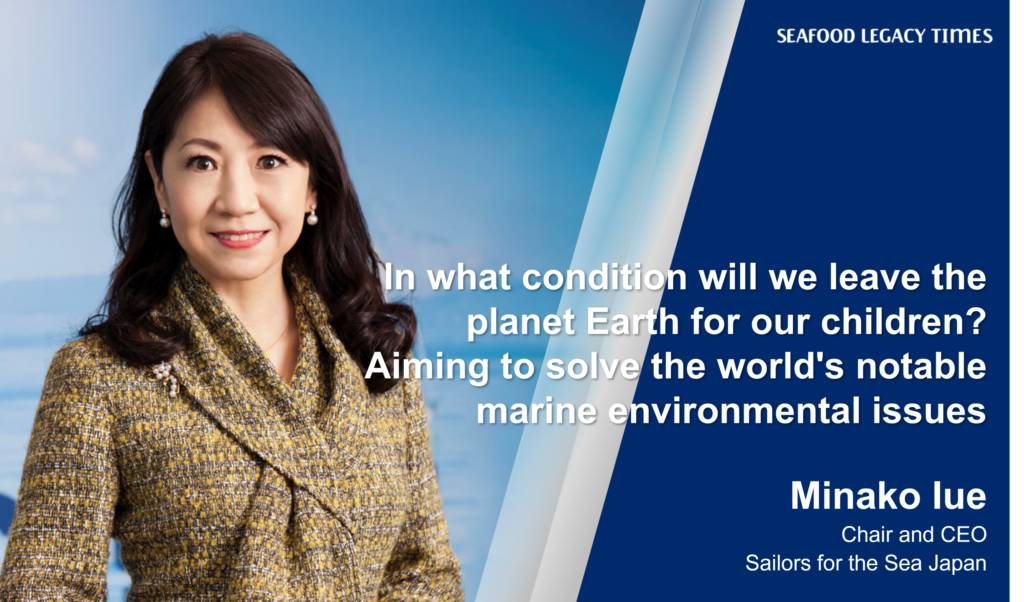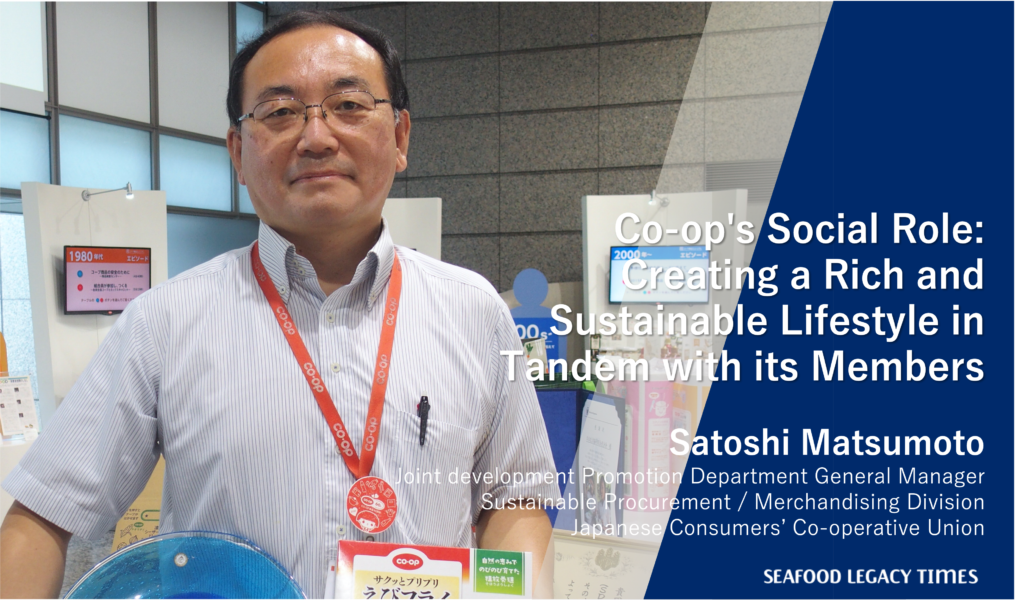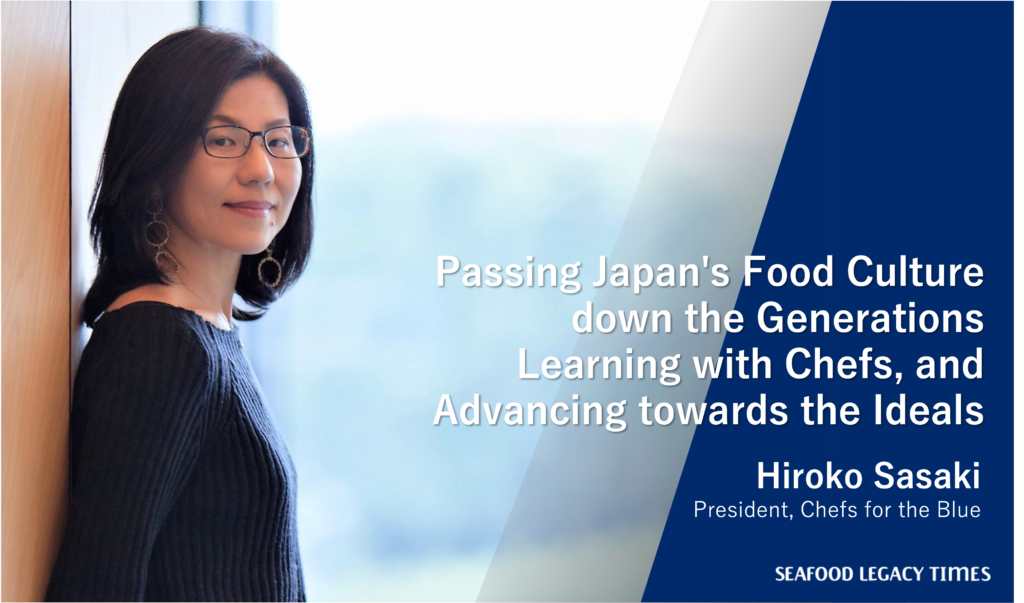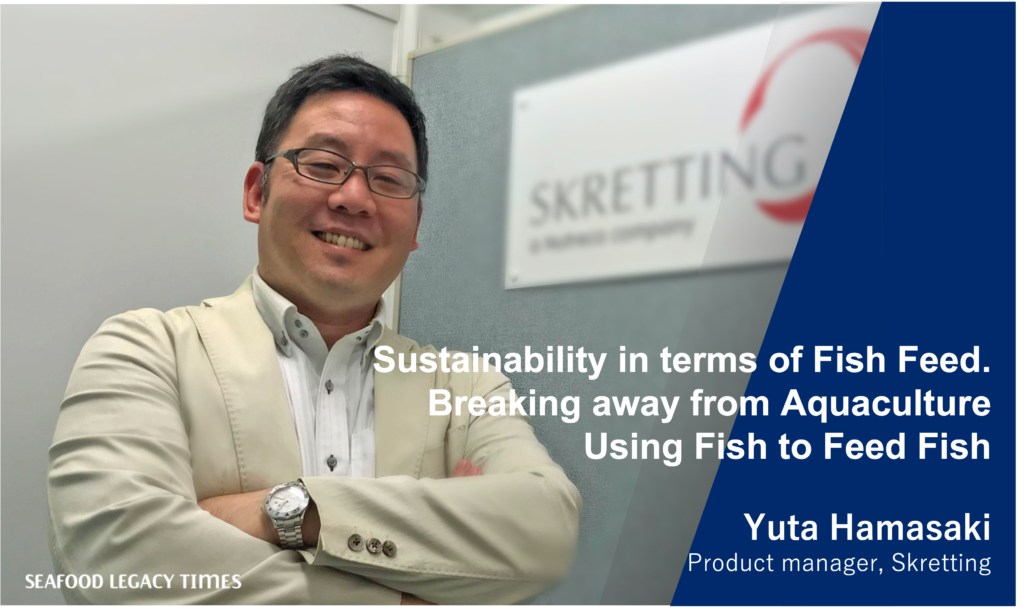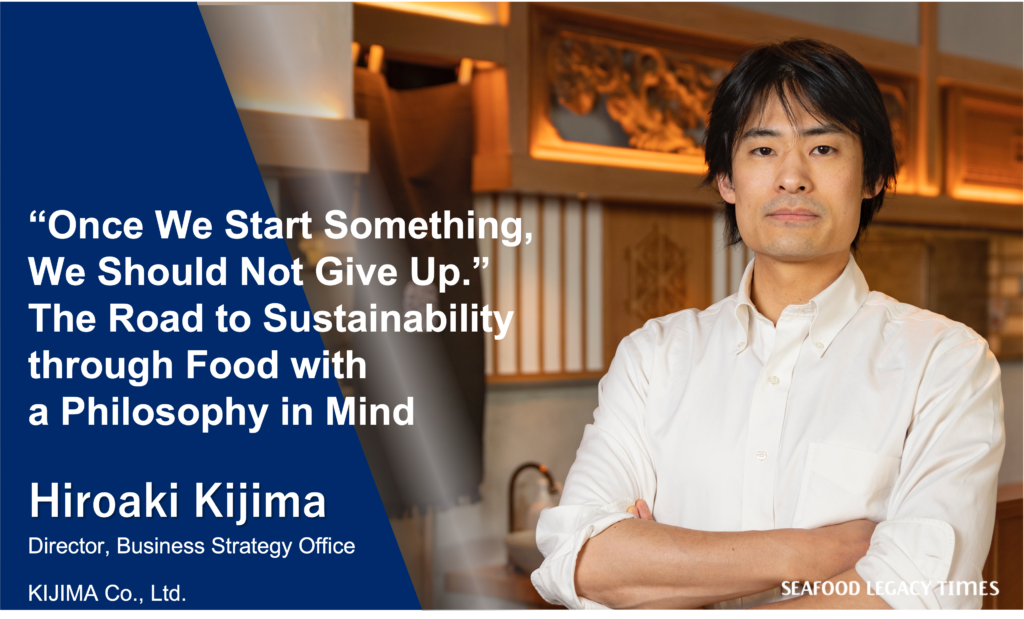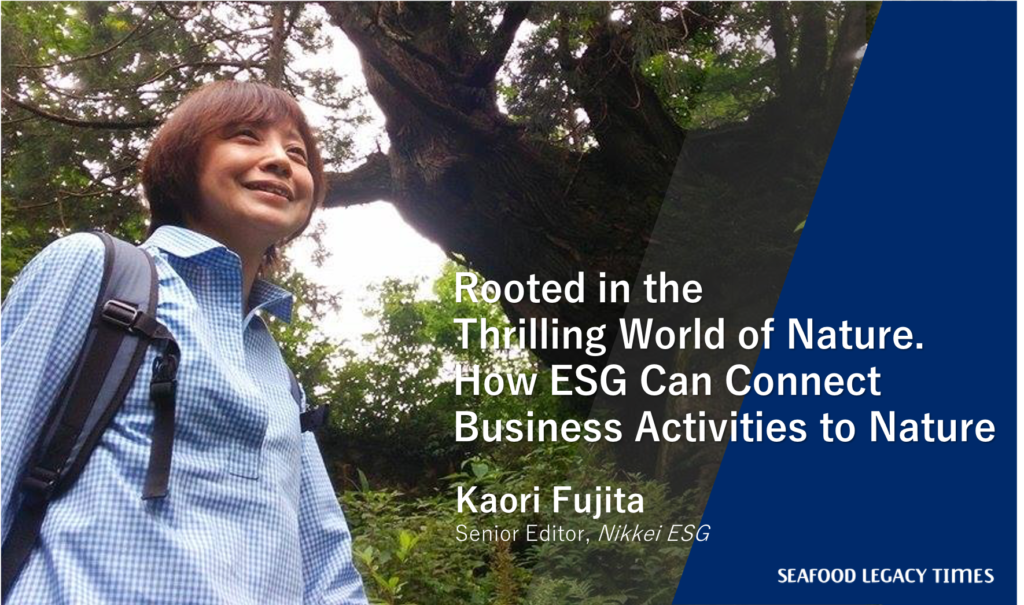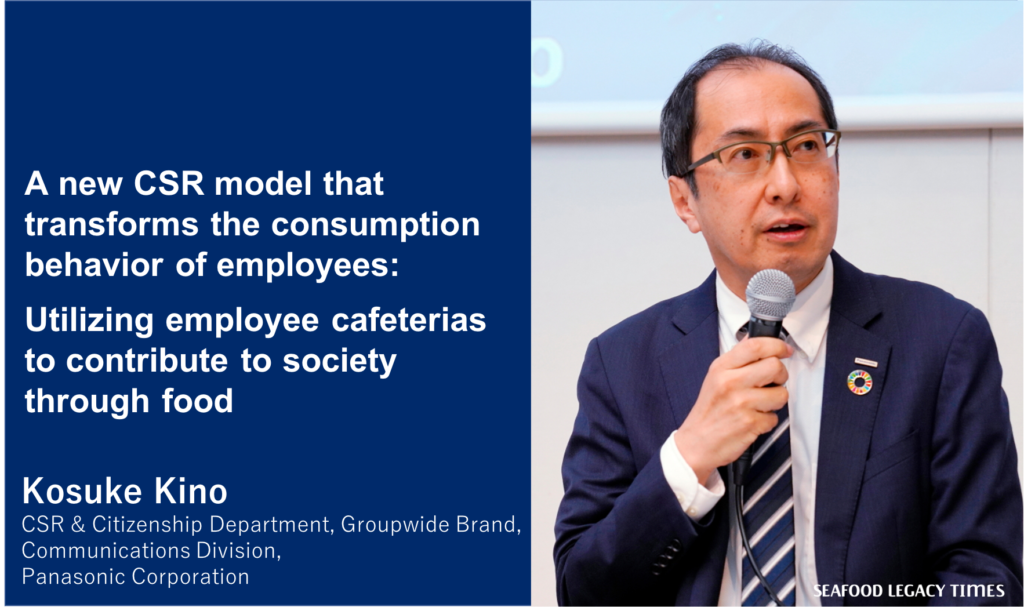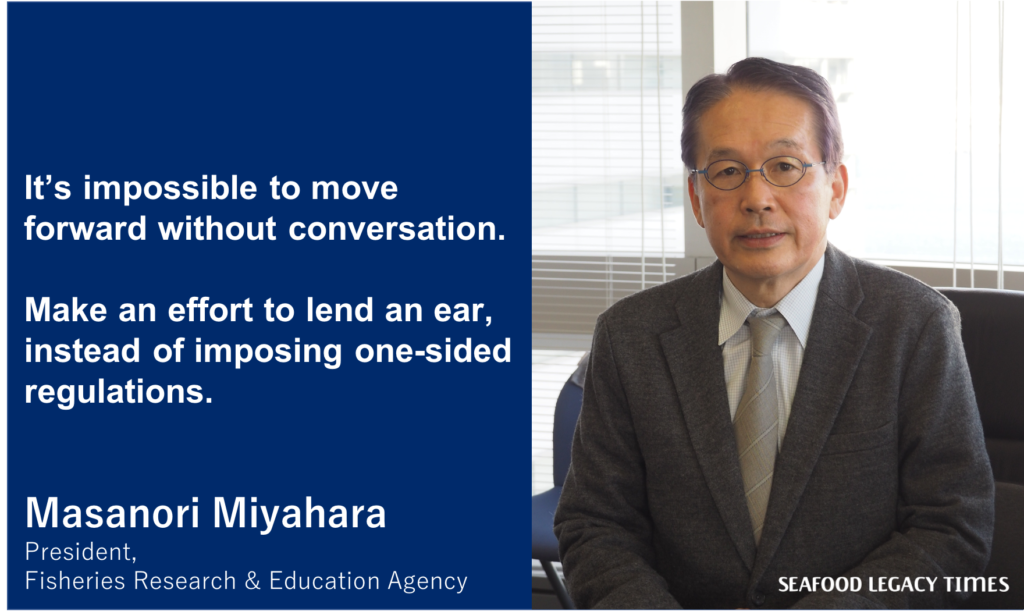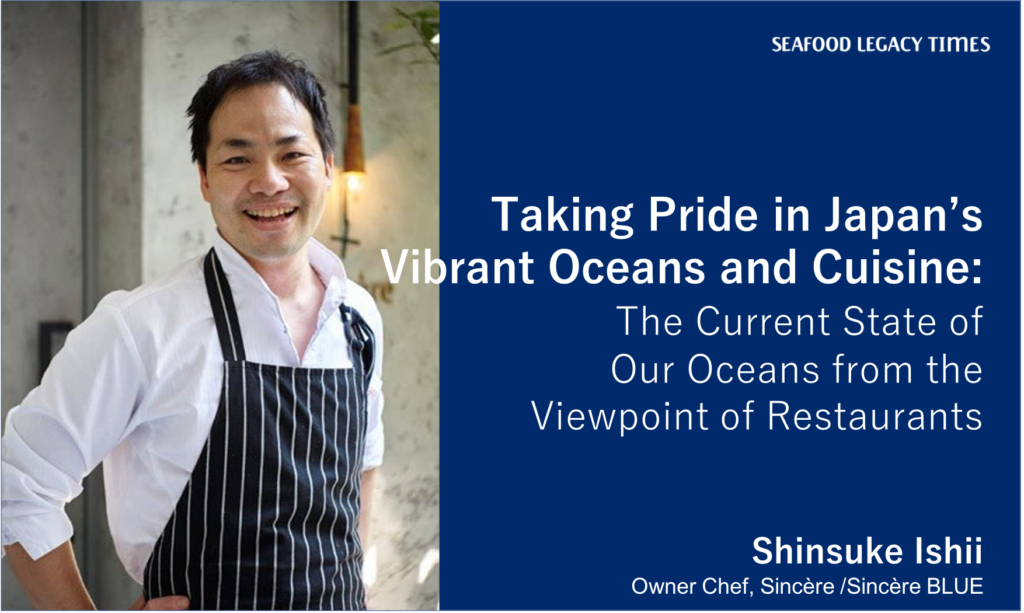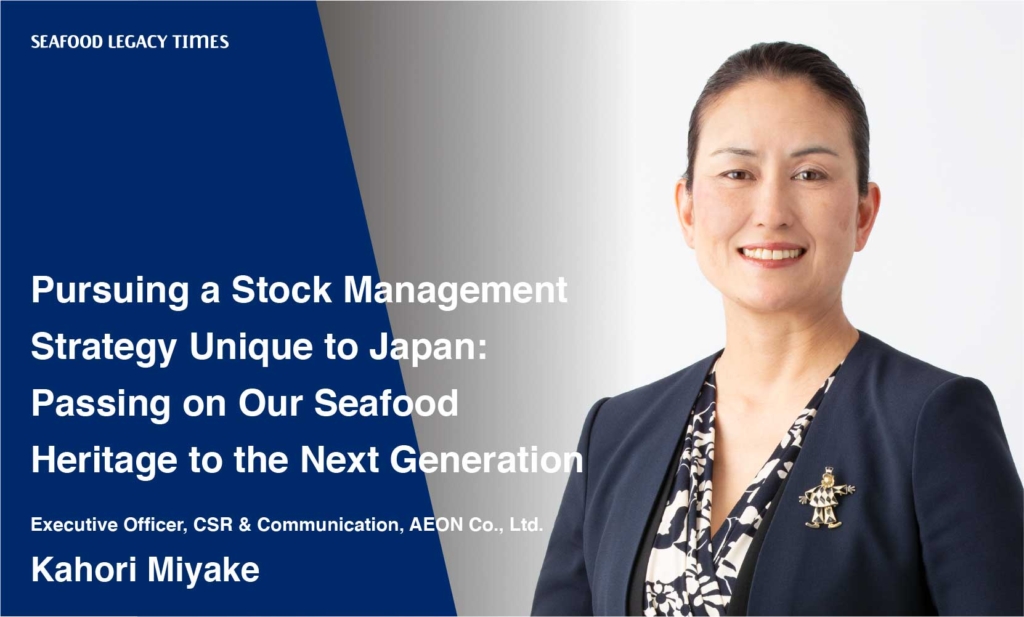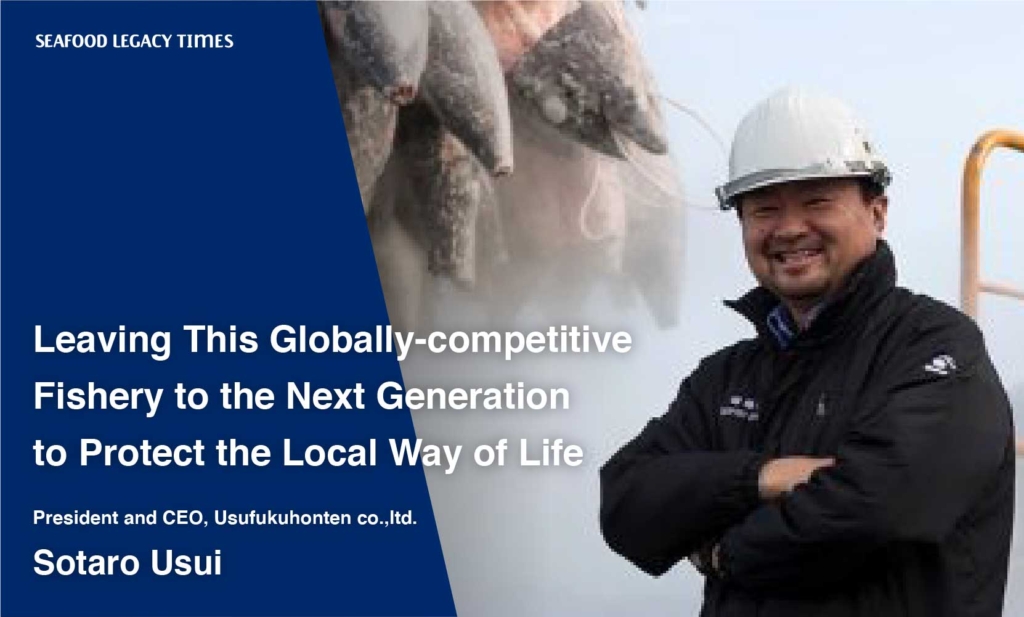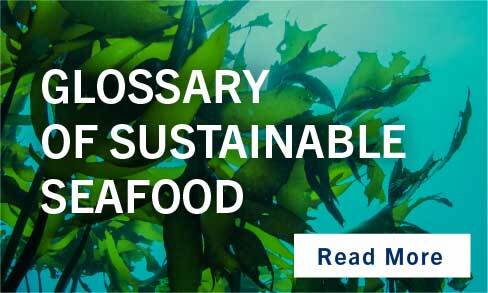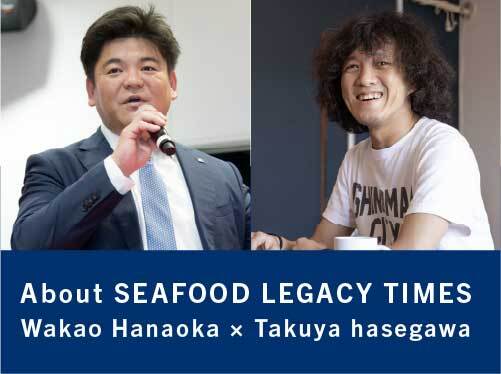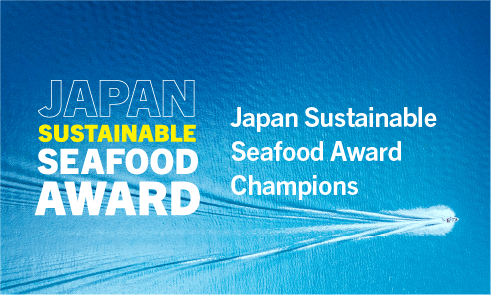

Chris Nines, CEO of the Aquaculture Stewardship Council (ASC) visited Japan for the first time in five years to participate in the Tokyo Sustainable Seafood Summit 2023 (TSSS2023). He inspected aquaculture farms in Miyagi Prefecture, experienced the current state and challenges of aquaculture in Japan. Now, he has high expectations for Japan’s role as a leader in Asia.
In part 2, he will talk about the current environment surrounding sustainable seafood and the ASC’s prospects. We also asked him about topics of concern such as green funds and climate change, as well as new initiatives currently underway at the ASC.
——We understand that ASC is running a campaign to promote its ASC certification to consumers in the EU, Asia, and North America. Could you give us an overview of this campaign?
The ASC is running campaigns in collaboration with retailers, restaurants, and certified producers. In North America, in particular, we have adopted this approach in popular high-class restaurants, and it has proven to be effective. When a high-class restaurant participates in the ASC’s campaign and succeeds, other casual restaurants imitate that and start using certified seafood, making retailers imitate them and start selling certified seafood.
This approach may suit North America because people there eat out more often and go to restaurants several times a week, and retailers are not as fragmented as in Japan, with large chains dominating almost the entire market.
In addition, North America is a large country with a large population, and one North American state is larger than a small EU country. For this reason, we have divided North America into the Eastern, Western, and Central regions, and are running a campaign in each area. We have adopted a strategy whereby, with the help of agencies and major media outlets, each area has its own campaign, ensuring that our activities are present throughout the entire country. The campaign has only been running for about two years in North America, but we have already seen amazing results.
We would like to connect Japanese-certified seafood to the North American market. Japan also has many varieties of high-end certified seafood, so we would like to explore the possibility of introducing them in a North American campaign.
——This year, the final recommendations of the TNFD (Taskforce on Nature-related Financial Disclosures) were officially released, and the financial sector has high expectations for aquaculture, which is expected to develop in the future. Does the ASC have a strategy to take advantage of such investment trends in the future?
We recognize that green finance is a very important mechanism. We hope that the help of investment and financing will be part of the structure to accelerate the improvement of aquaculture farms in their environmental and social aspects.
The ASC, in line with the MSC, is actively pursuing cooperation with financial institutions. The ASC acquires various data from farms in the process of certification. We are exploring ways to share these data with financial institutions to support green funds.
——Due to climate change, the catch of anchovy and other species of fish used as feed for aquaculture is decreasing, and prices are rising in Japan, too. Is this situation likely to affect future ASC certification?
The marine ecosystem has a flow whereby cold water from the bottom is raised up with nutrients to the surface, which are taken by plankton, which are then fed by migratory fish such as anchovy. This flow has been constantly changing and balancing itself among many factors, such as sunlight and temperature. Therefore, we do not believe that climate change has reduced stock, but rather that, the original cycle of the ocean has only slightly changed due to climate change.
However, it is true that, while the demand for aquaculture is increasing, the catch of the species used as feed is not, making the price of feed rise. This may affect ASC certification in the short term. However, in the medium to long term, we do not think it will have an impact. This is because innovative feeds are being invented one after another to replace natural ones. For example, technology has been developed to synthesize omega-3 fatty acids necessary for feed by cultivating single-celled photosynthetic organisms. We believe such innovative technologies will support aquaculture in the future.
However, 80% of the feed for aquaculture currently is made from soybeans and other proteins produced on land, and this may cause land conversion problems, such as the destruction of the Amazon. With that in mind, we should consider the breeding exchange rate – how to create a large amount of food with little feed. Aquaculture has a high feed conversion rate, and some species, such as seaweed and bivalves, can be cultivated without feeding. Also, unlike livestock farming, aquaculture can utilize water depth, allowing for efficient production in a three-dimensional space. The demand for aquaculture will become higher and higher in the future.
——Finally, please tell us about your future initiatives and prospects.
Certified seafood accounts for 20% of the current aquaculture market. Therefore, the question for the future is what to do with the remaining 80%. This is what the ASC is trying to address through its Improver Program. The goal of the program is to promote the environmental and social improvement efforts of farmers in a situation where the market does not necessarily demand certified seafood. The ASC provides technical support, such as feeding and medicating, to help farmers increase the efficiency of their aquaculture and achieve a larger harvest with less investment. The program aims to help the remaining 80% of the seafood market become more sustainable.
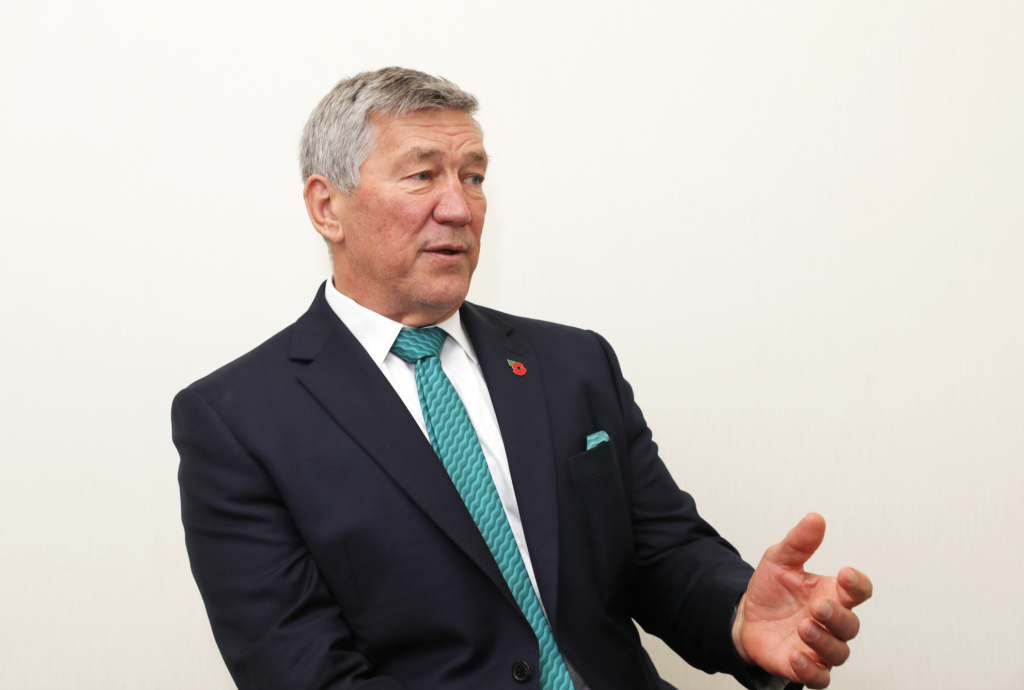 The ASC’s next goal is to work on the Improver Program.
The ASC’s next goal is to work on the Improver Program.
Other initiatives include the development of a proprietary tool to measure the amount of greenhouse gas emissions from farms during processing, and efforts to promote the use of a real-time monitoring system for farms using satellites.
In the future, we intend to focus not only on certification, but also on activities to improve aquaculture productivity and support the industry.
Chris Ninnes
Chris Ninnes worked for the UK Department for International Development from 1983 to 2002 where he advised on seafood industry development issues in Africa and the Caribbean. He has also been a professional inshore fisherman.
From 2003 to 2006 Chris was Vice President of MRAG Americas, which followed his appointment as Technical Director for MRAG Ltd from 1996 until 2002.
He also served for Deputy CEO and Director of Operations at the Marine Stewardship Council (MSC) from 2006 to 2011, where he led the expansion of the MSC’s technical and commercial work.
Since October 2011, he has been CEO of the Aquaculture Stewardship Council (ASC).
Original Japanese text: Shino Kawasaki




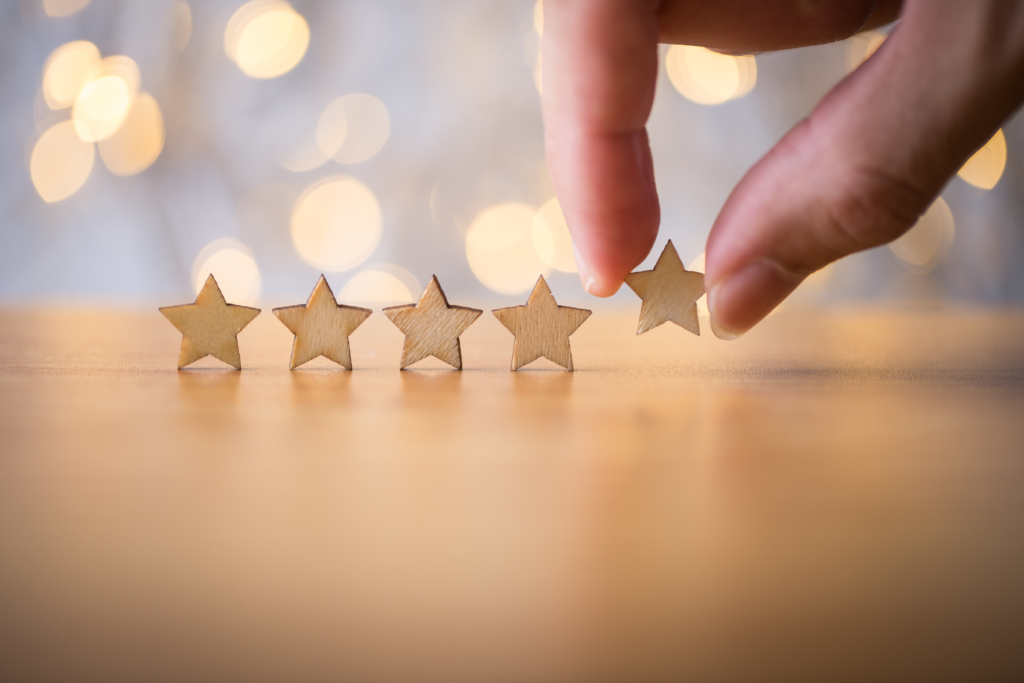




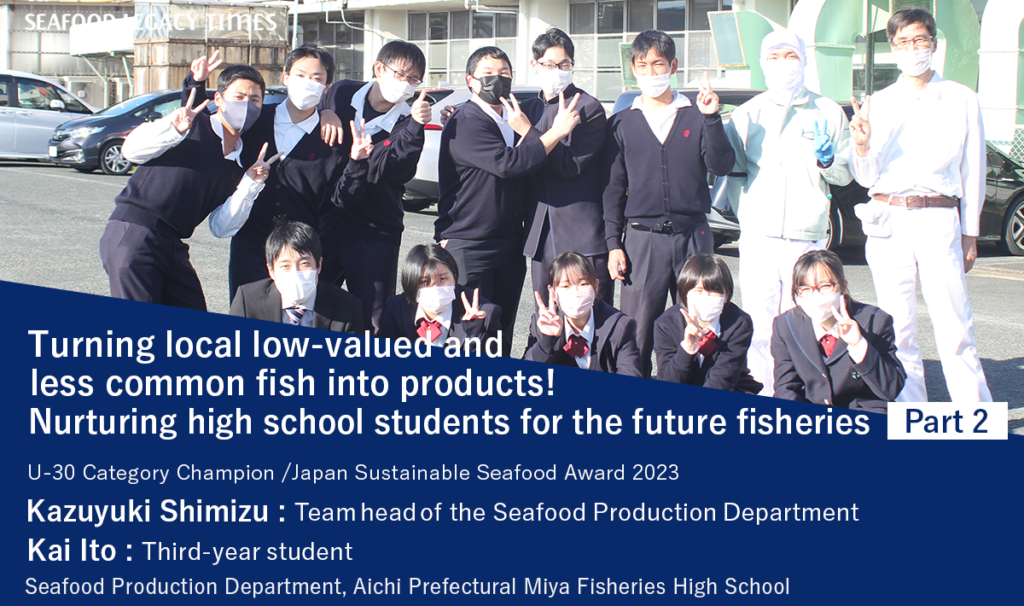
-1024x606.png)


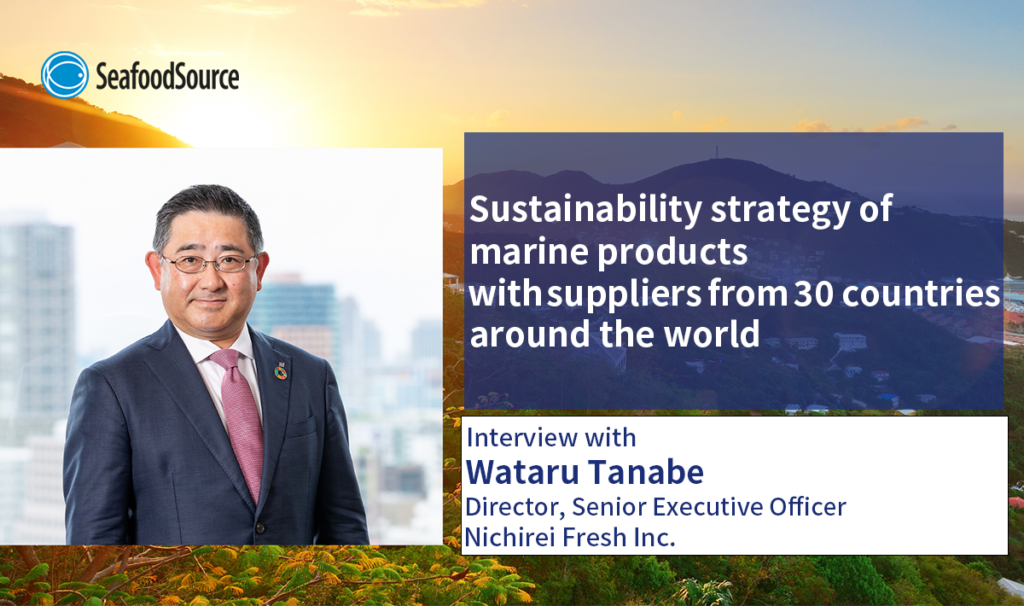
_-1024x606.png)

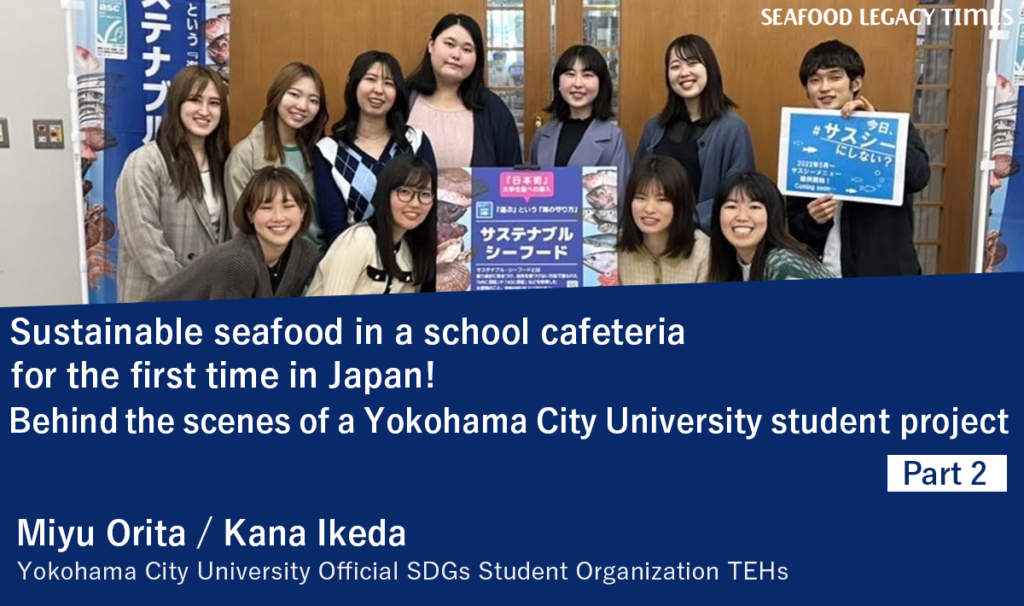
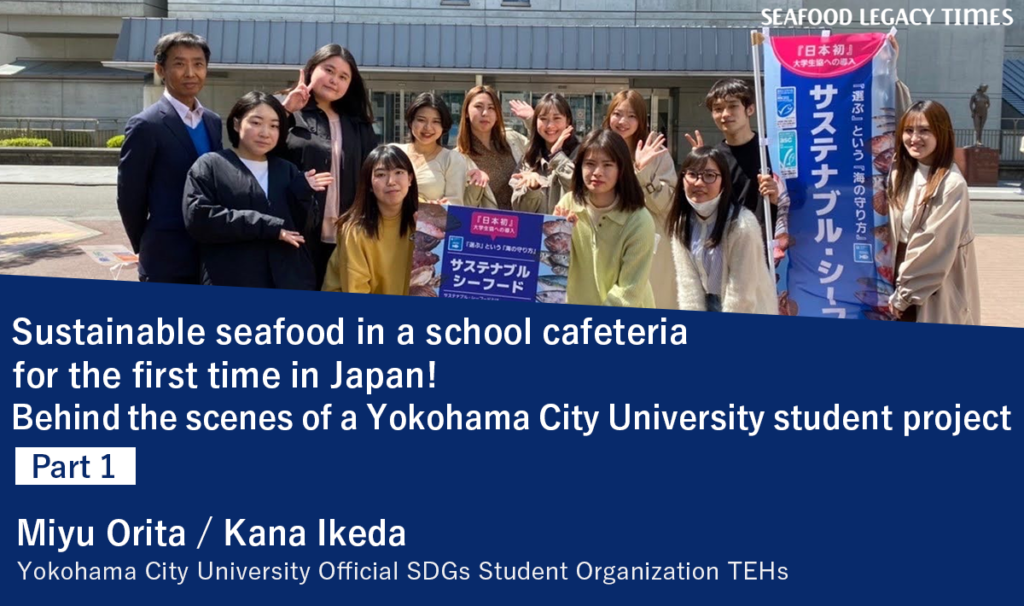



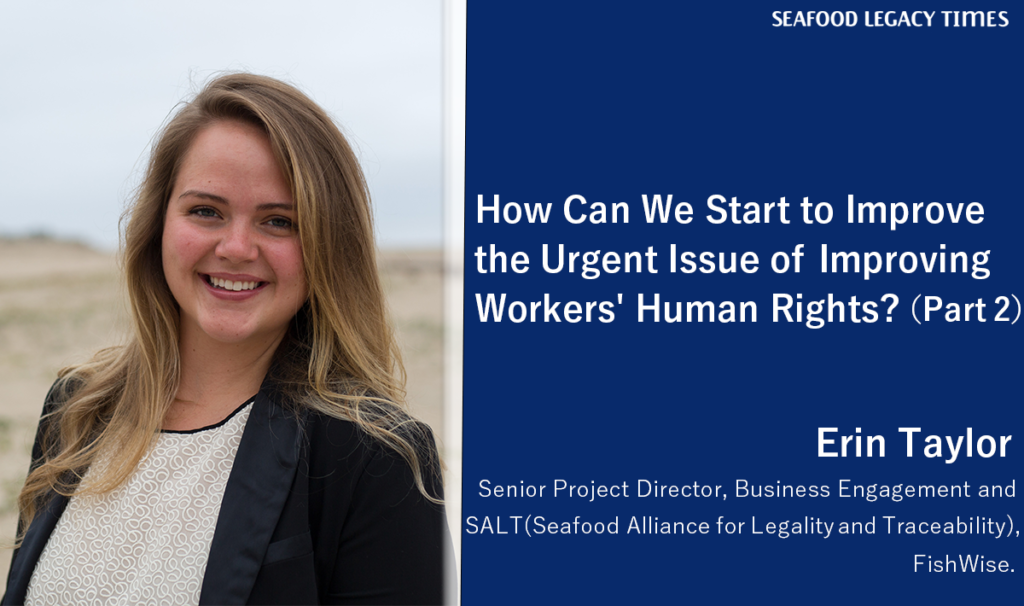
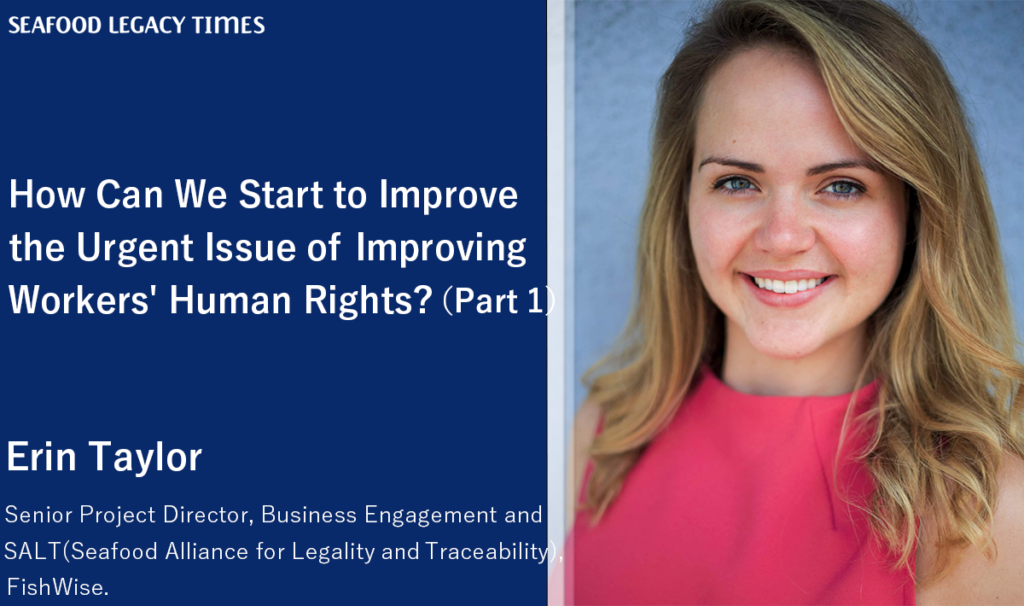
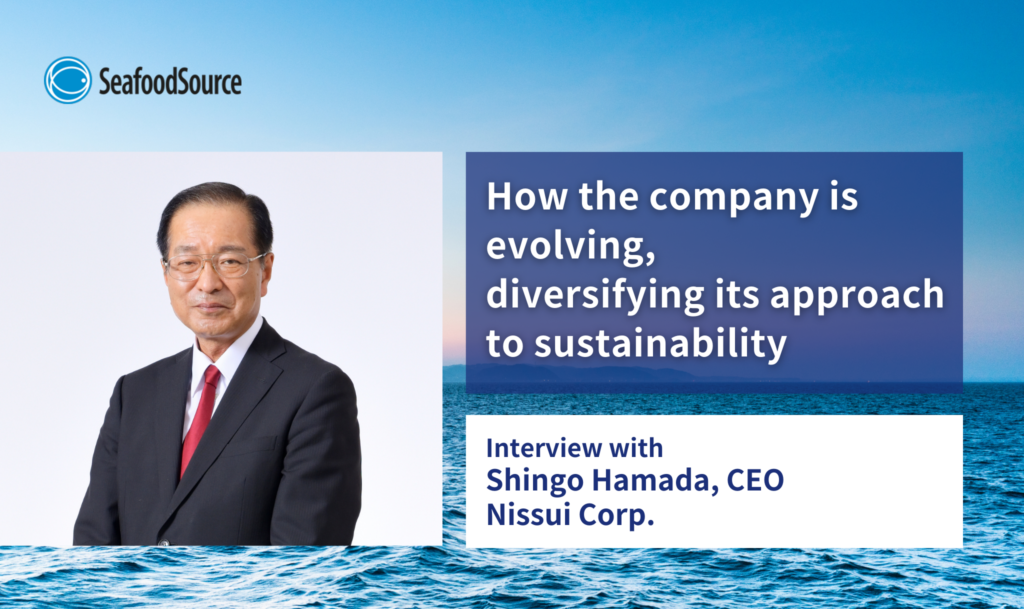




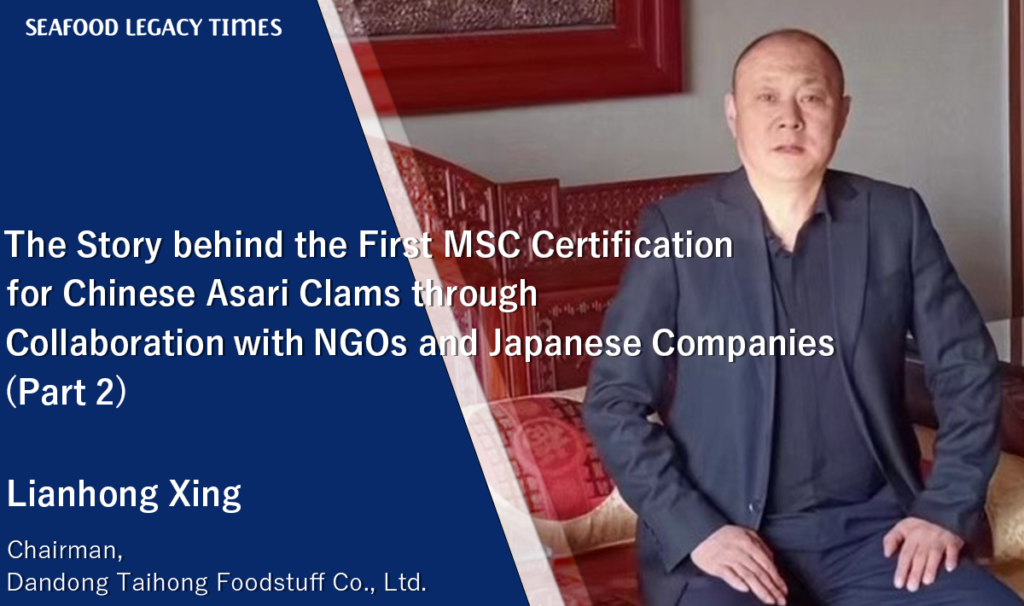
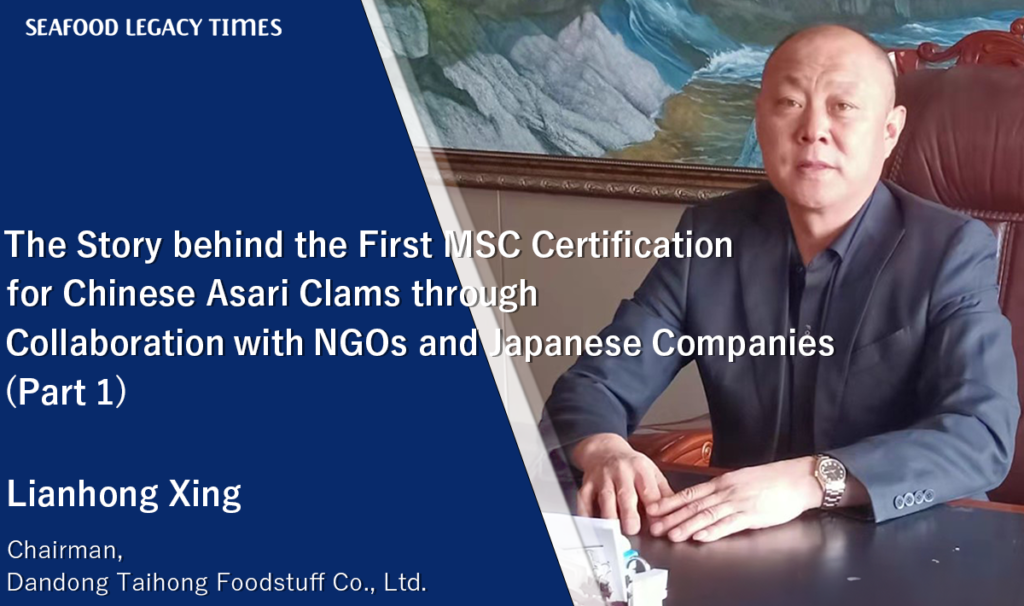

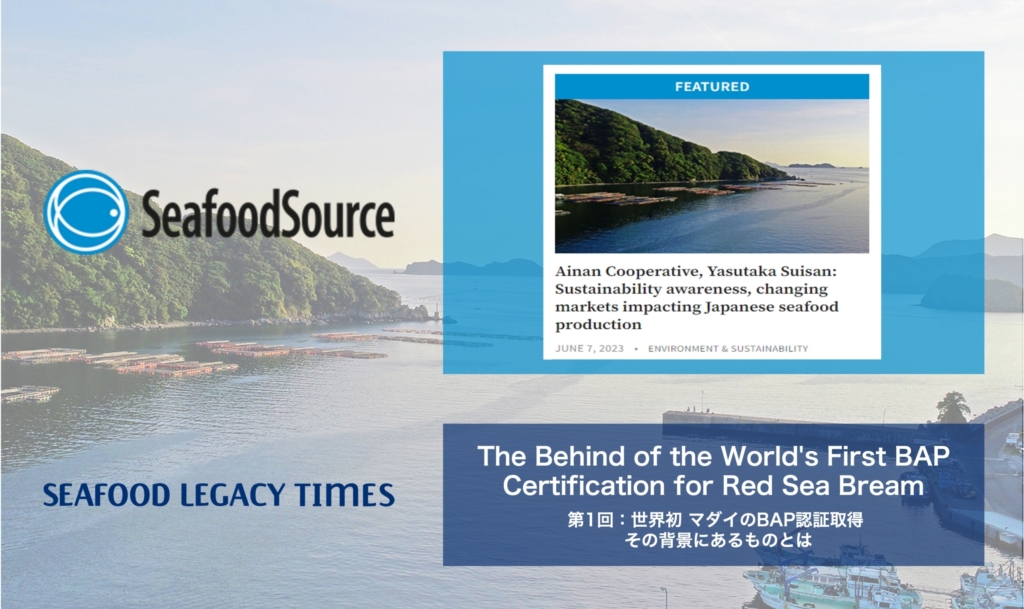

1_修正524-1024x606.png)


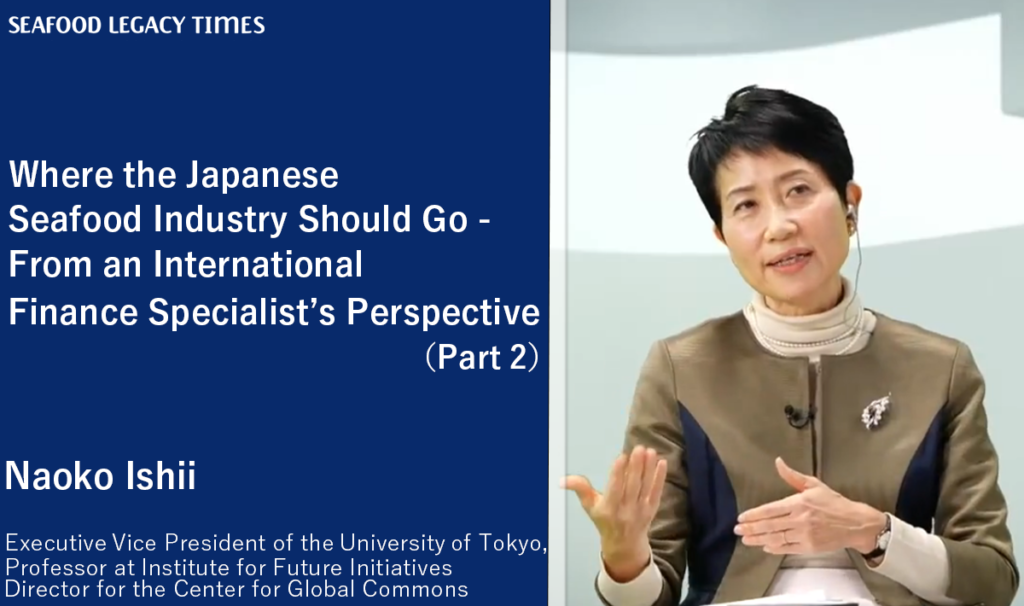







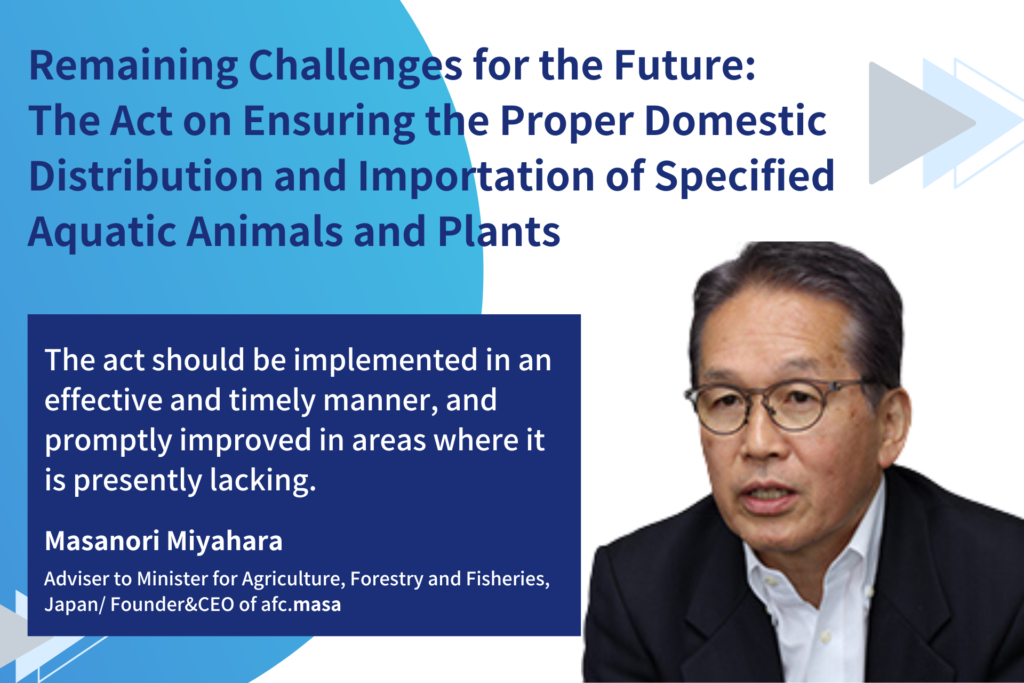
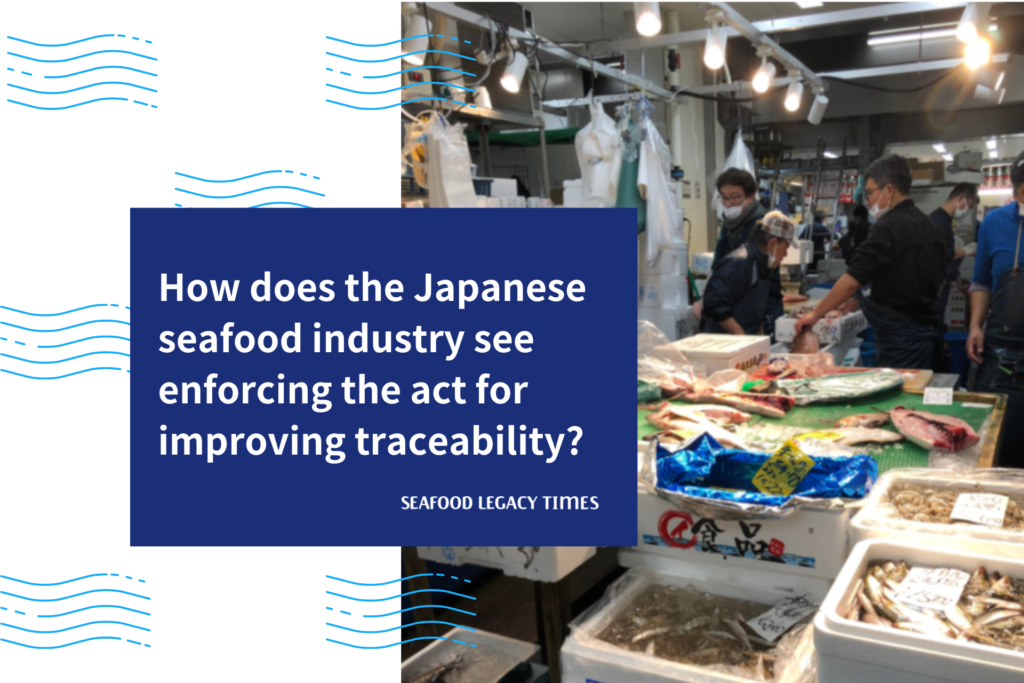



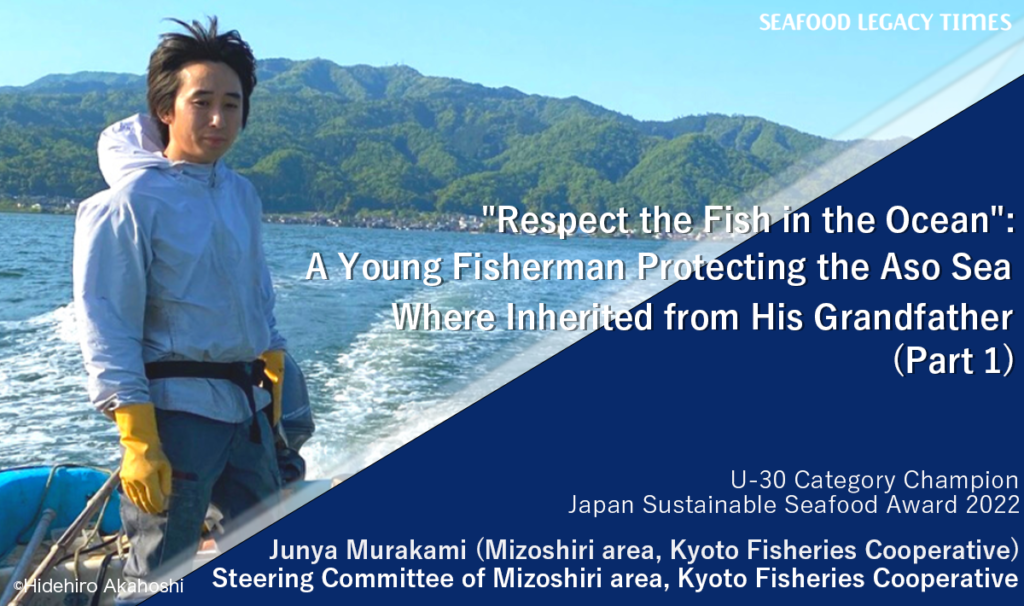
.2-1024x606.png)
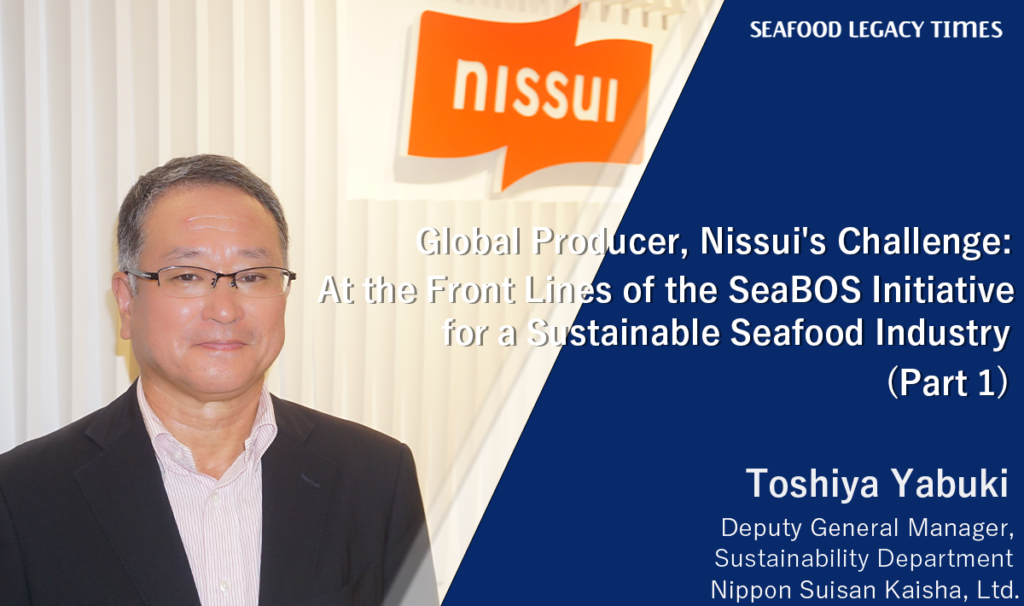
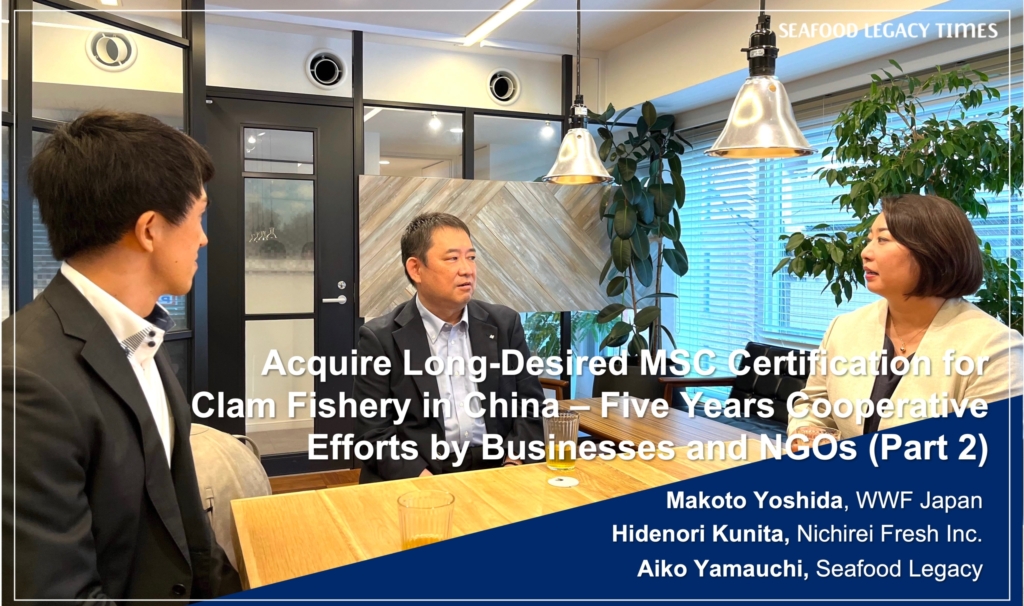
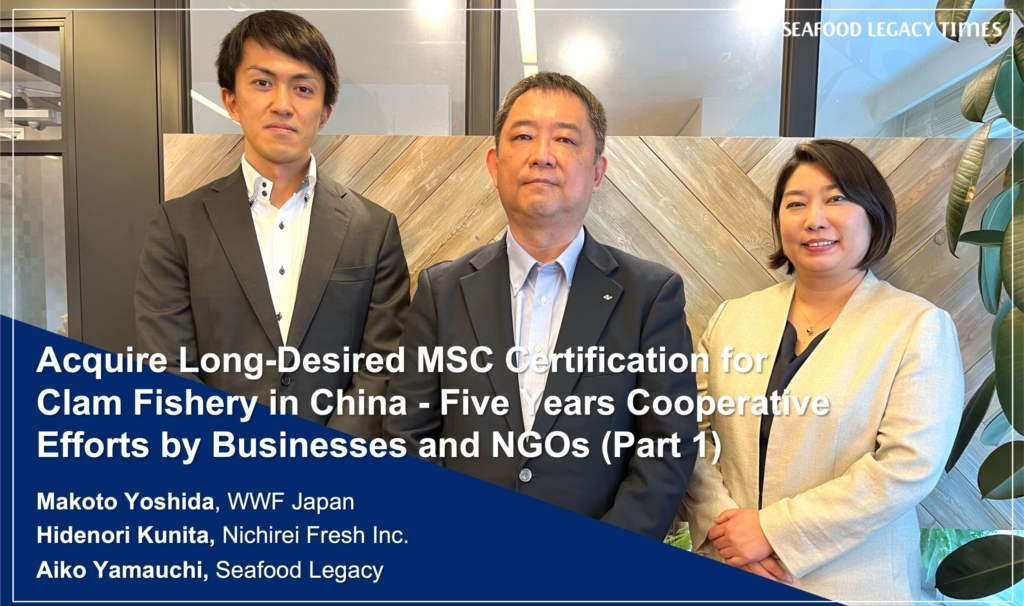






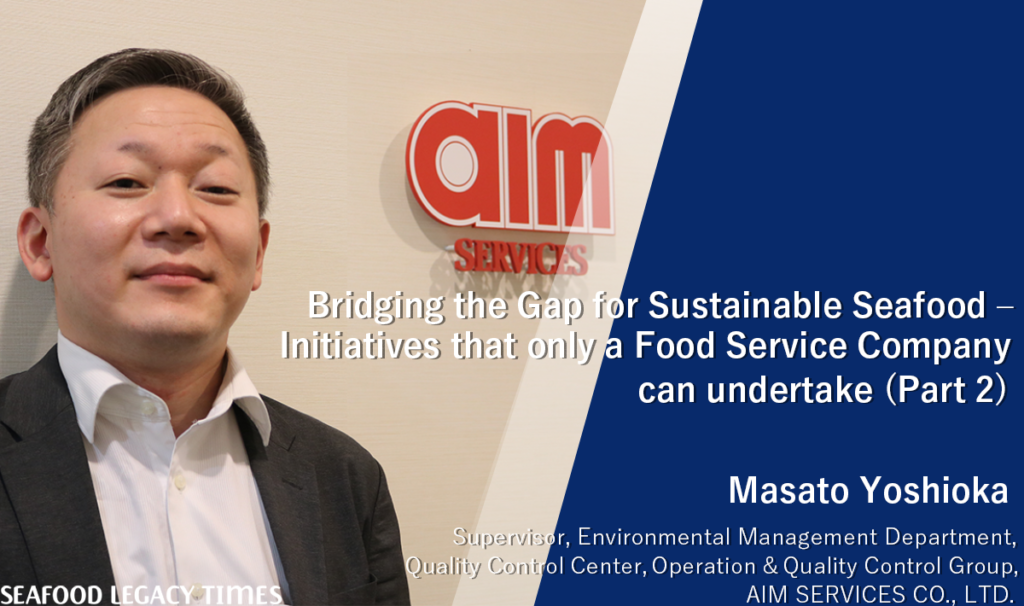
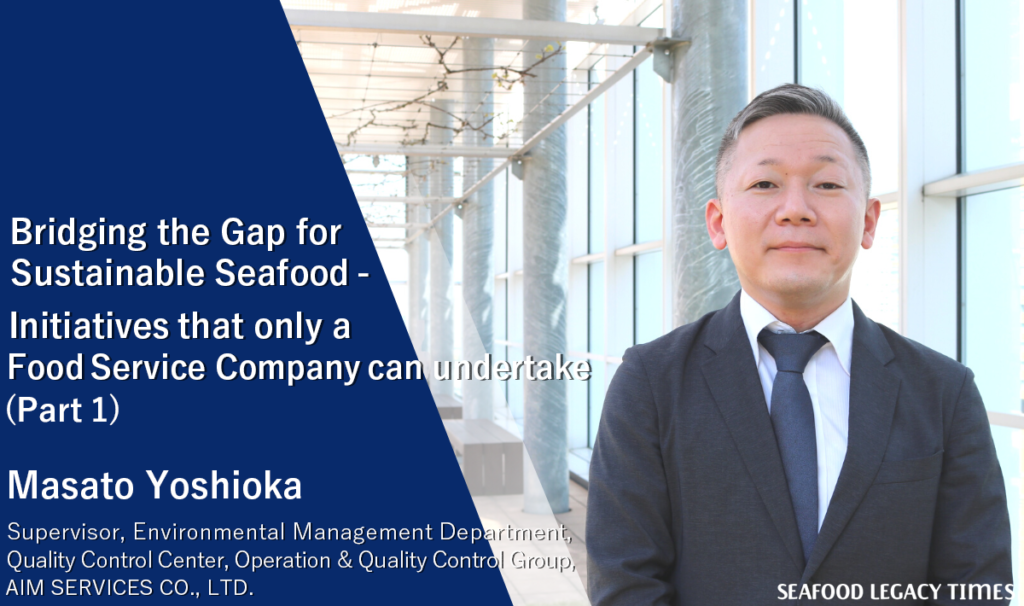
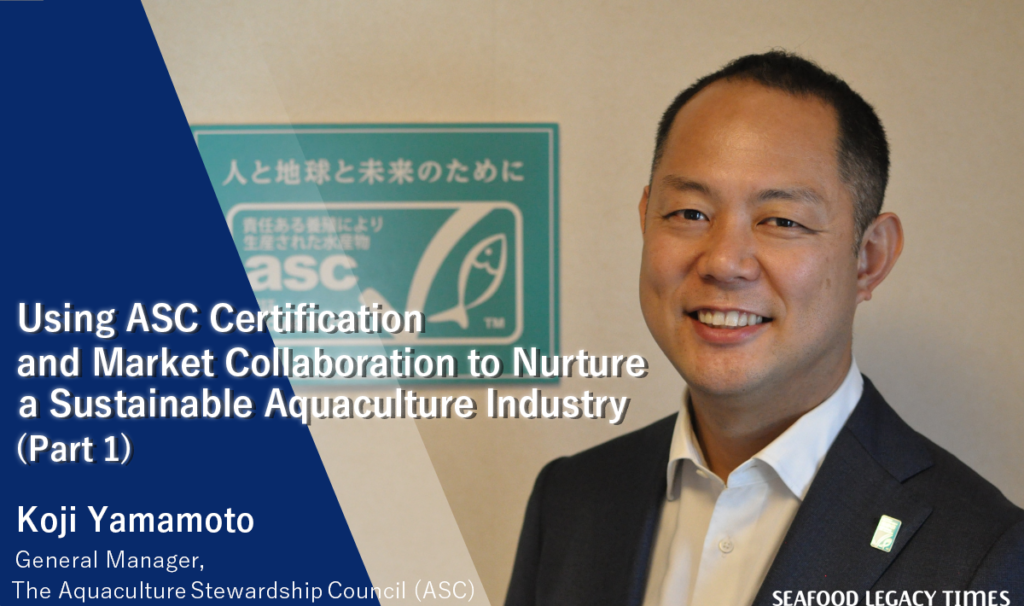
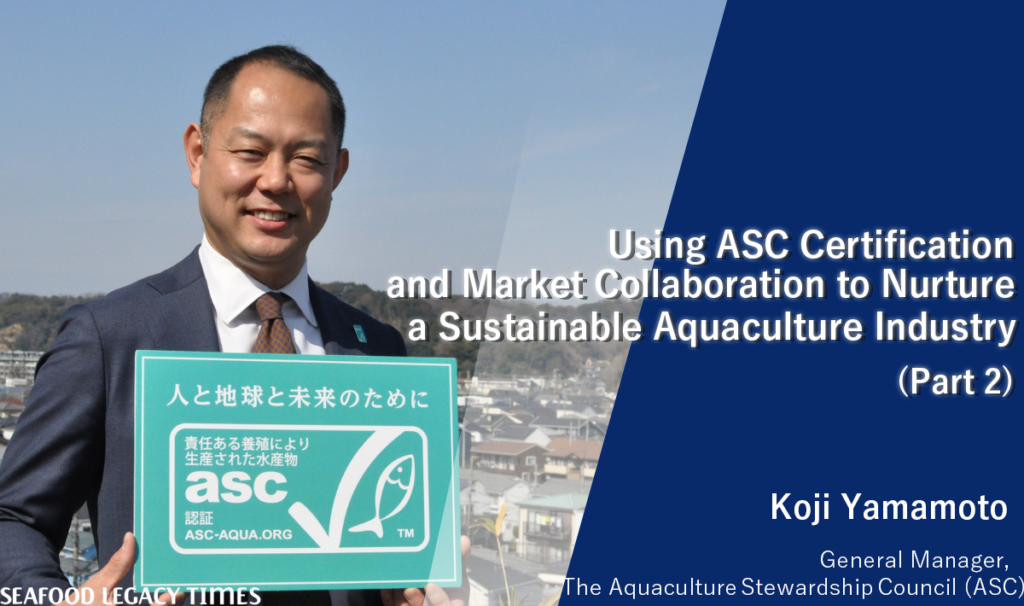
2-1024x606.png)
-1-1024x606.png)
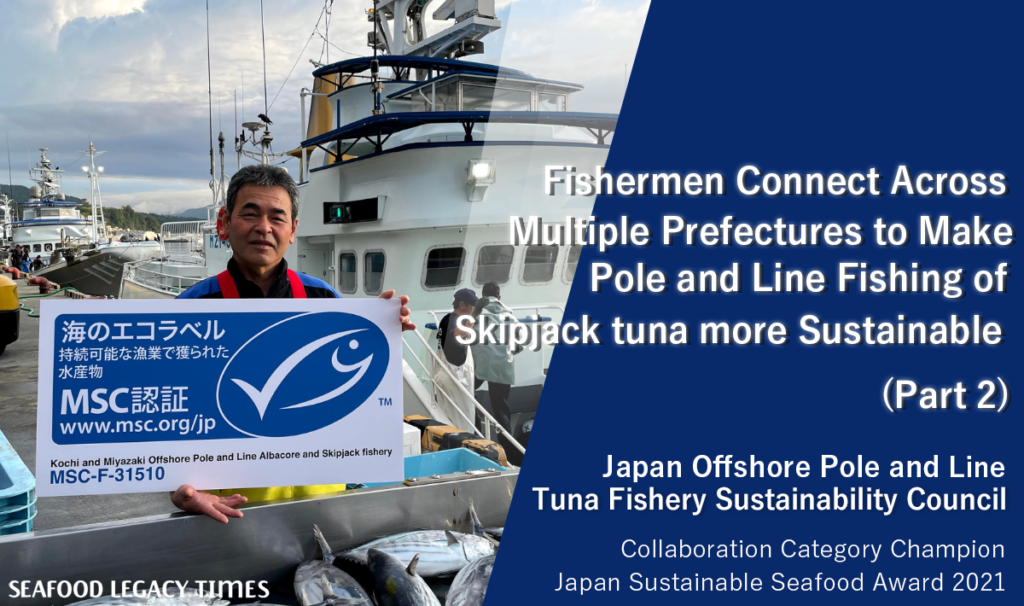
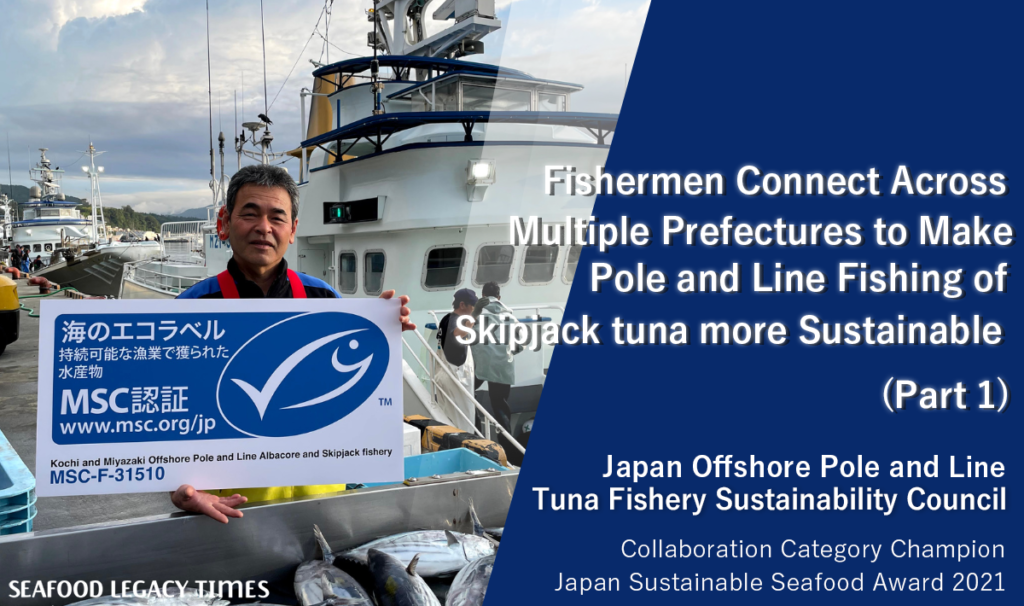
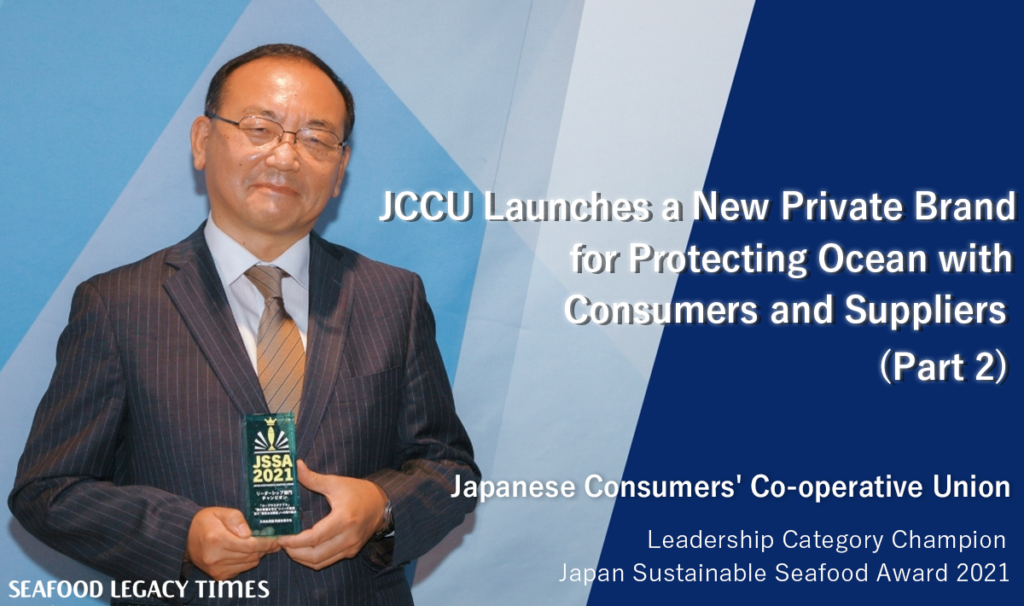
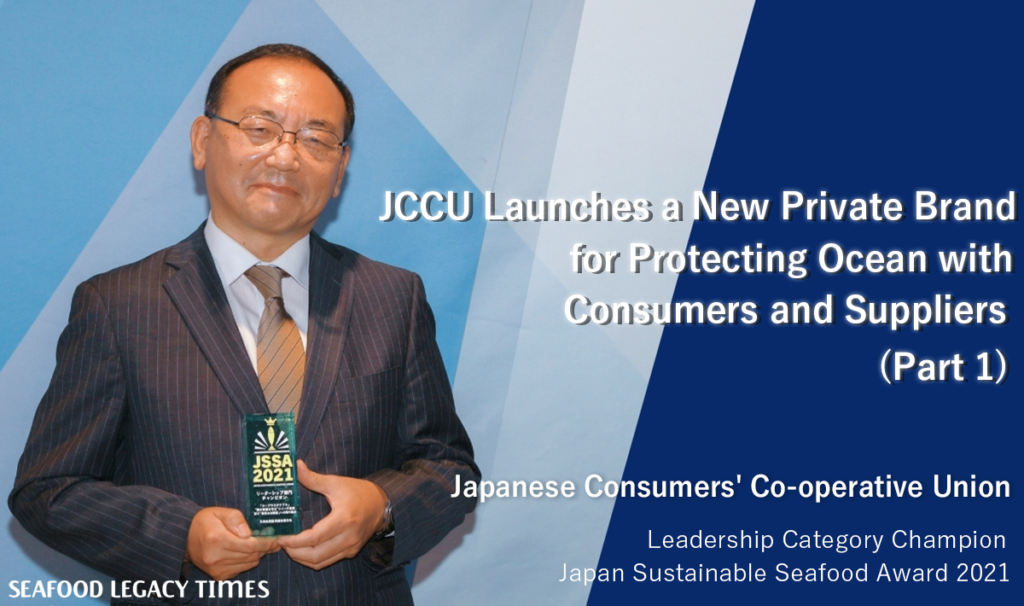
Part2-1024x606.png)
Part1-1024x606.png)
